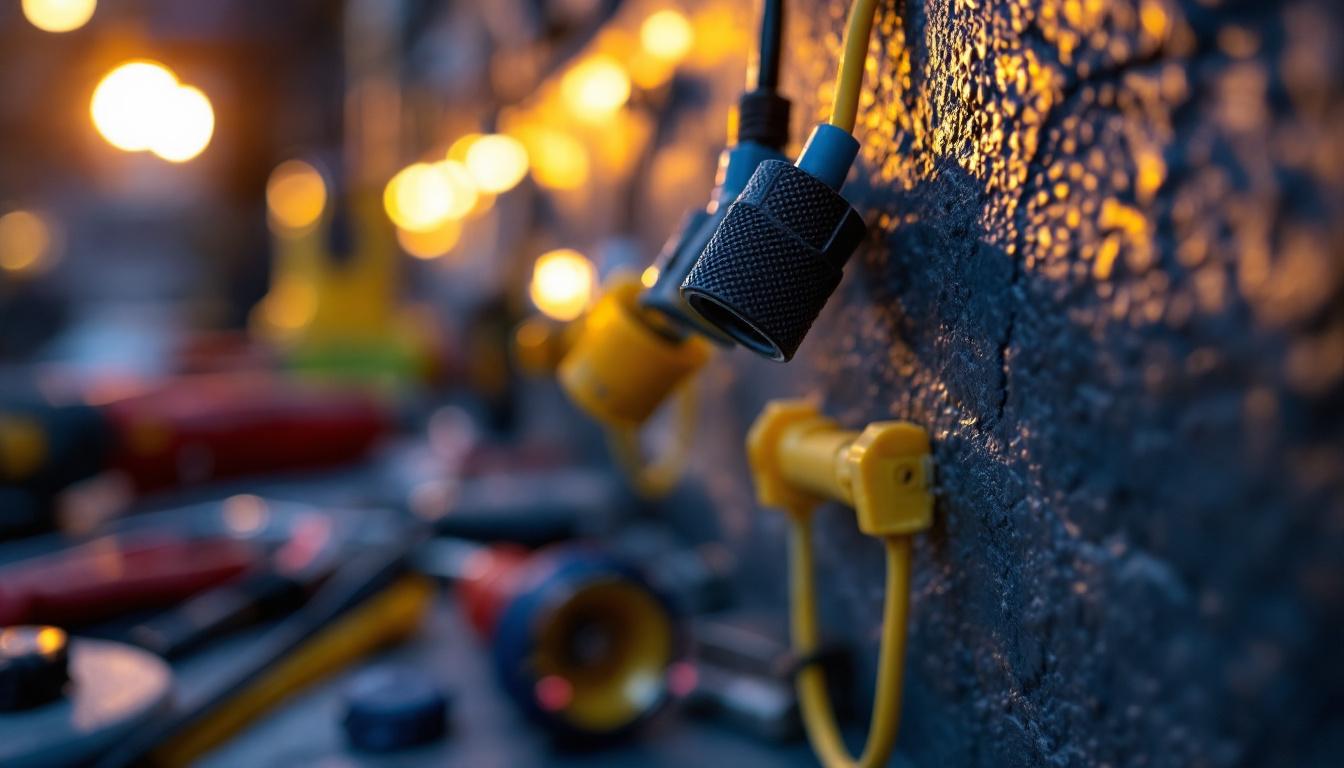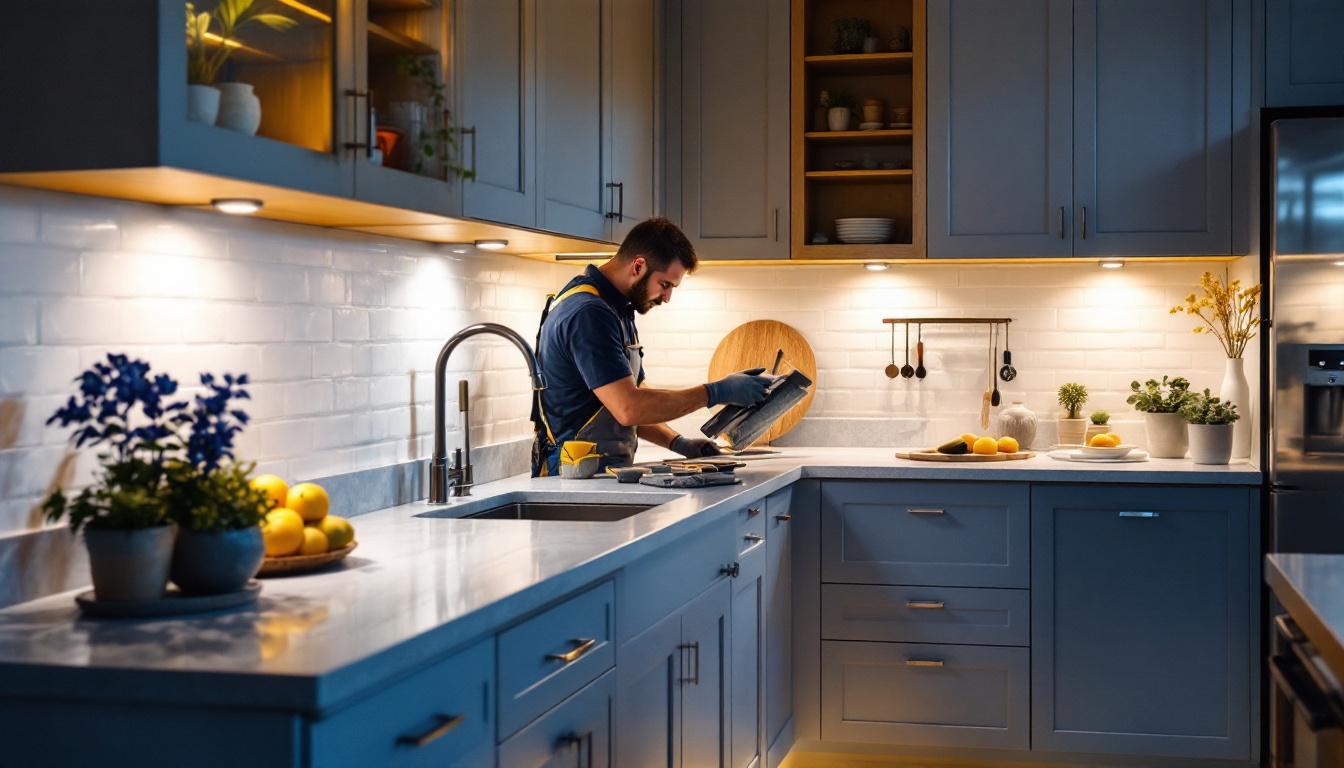
In the ever-evolving world of lighting design, LED long strip lights have emerged as a versatile solution for both residential and commercial applications. Their adaptability, energy efficiency, and aesthetic appeal make them a popular choice among lighting contractors. This article delves into proven methods for utilizing LED long strip lights effectively, ensuring that contractors can deliver exceptional results for their clients.
LED long strip lights, often referred to as LED tape lights, are flexible circuit boards populated with light-emitting diodes (LEDs). They are available in various lengths, colors, and brightness levels, allowing for a wide range of applications. Understanding their specifications is crucial for contractors aiming to maximize their benefits. These versatile lighting solutions can be used in residential, commercial, and industrial settings, making them a popular choice for many different projects. From under-cabinet lighting in kitchens to accent lighting in retail displays, LED strip lights can transform a space with their vibrant illumination and adaptability.
There are several types of LED strip lights available on the market, each designed for specific applications. Some of the most common types include:
In addition to these common types, there are also specialized options such as high-density LED strips, which feature more LEDs per meter for increased brightness, and dimmable LED strips that allow for adjustable light levels. Furthermore, some LED strips come with built-in smart technology, enabling users to control them via smartphone apps or voice commands. This integration with smart home systems is becoming increasingly popular, as it offers convenience and enhances the overall user experience.
When selecting LED long strip lights, contractors should pay attention to several key specifications:
Additionally, the flexibility and adhesive backing of LED strip lights can significantly influence their installation and application. Many strips can be cut to specific lengths, allowing for custom installations that fit perfectly into any space. The adhesive backing makes it easy to apply them to various surfaces, from walls to ceilings, ensuring that they stay in place without the need for additional hardware. This ease of installation not only saves time but also reduces labor costs, making LED strip lights an economically viable option for contractors and DIY enthusiasts alike.
Proper installation is essential for maximizing the performance and longevity of LED long strip lights. Here are some proven techniques that lighting contractors should consider.
Before installation, it is vital to plan the layout carefully. This involves measuring the area where the LED strip lights will be installed and determining the best placement for optimal lighting effects. Consider the following:
For optimal adhesion and performance, the surface where the LED strips will be installed should be clean and dry. Dust, grease, or moisture can prevent the adhesive from sticking properly. Here are some tips for surface preparation:
Wiring is a critical aspect of the installation process. Properly connecting the LED strips to a suitable power supply ensures functionality and safety. Here are some best practices:
LED long strip lights can significantly enhance the aesthetic appeal of a space. Here are some creative ways to use them effectively.
Accent lighting is one of the most popular applications for LED strip lights. By strategically placing strips in specific areas, contractors can highlight architectural features, artwork, or decorative elements. Consider these tips:
Task lighting is essential for areas where specific activities are performed, such as kitchens, workspaces, or reading nooks. LED strip lights can provide focused illumination in these areas:
Ambient lighting sets the overall mood of a space. LED strip lights can be used to create a warm and inviting atmosphere:
As energy efficiency becomes increasingly important, LED long strip lights offer a sustainable lighting solution. Contractors can promote these benefits to clients, highlighting the long-term savings and environmental advantages.
LED strip lights consume significantly less energy compared to traditional incandescent or fluorescent lighting. This efficiency translates to lower electricity bills and reduced carbon footprints. Here are some points to consider:
Another significant advantage of LED long strip lights is their longevity. With a lifespan of up to 50,000 hours or more, they require less frequent replacement:
While LED long strip lights offer numerous advantages, contractors may encounter challenges during installation or use. Understanding these challenges and their solutions can enhance the overall experience for both contractors and clients.
One common challenge is the adhesive backing of LED strips failing to stick properly. This can lead to strips peeling off or becoming misaligned:
Another issue that contractors may face is color consistency across different LED strips. Variations in color temperature or brightness can lead to an uneven appearance:
LEDs generate some heat during operation, and managing this heat is crucial for maintaining performance and longevity:
LED long strip lights represent a powerful tool for lighting contractors, offering versatility, energy efficiency, and aesthetic appeal. By understanding their specifications, employing effective installation techniques, and creatively enhancing spaces, contractors can deliver exceptional lighting solutions to their clients. Moreover, promoting the sustainability and long-term cost savings associated with LED technology can further elevate the value of these installations. As the demand for innovative lighting solutions continues to grow, mastering the use of LED long strip lights will undoubtedly position contractors for success in the competitive lighting market.
Ready to elevate your lighting projects with the versatility and efficiency of LED long strip lights? Look no further than LumenWholesale, where we provide lighting contractors with the highest quality, spec-grade lighting products at unbeatable wholesale prices. Say goodbye to local distributor markups and hello to superior lighting solutions that meet the highest industry standards. With our hassle-free bulk buying and free shipping, you can trust that you’re getting the best value without any hidden fees. Make your next project shine with the perfect blend of quality, affordability, and convenience. Visit LumenWholesale now for Wholesale Lighting at the Best Value.

Discover how lighting contractors can enhance their business operations and profitability with strategic DLC listings.

Discover why silicone wire connectors are essential for lighting contractors.

Discover expert tips and best practices for installing spotlights under kitchen cupboards from seasoned lighting contractors.

Discover the secrets behind Cyclone Bender’s stunning lighting designs as expert contractors share their insights and tips.